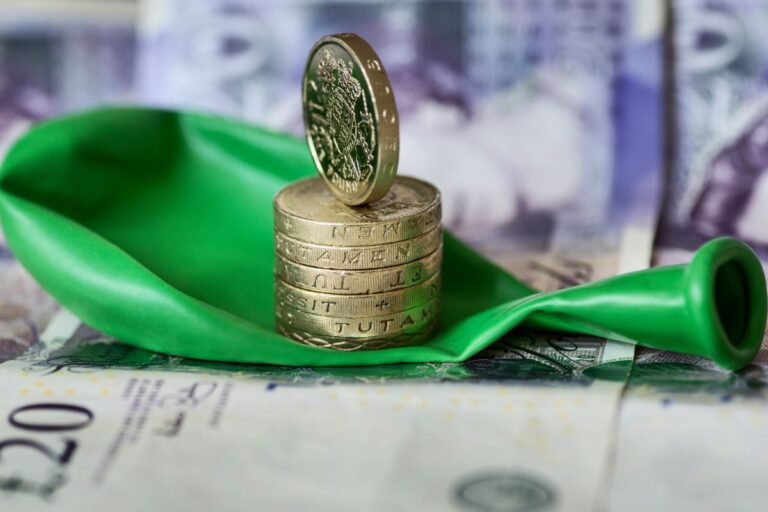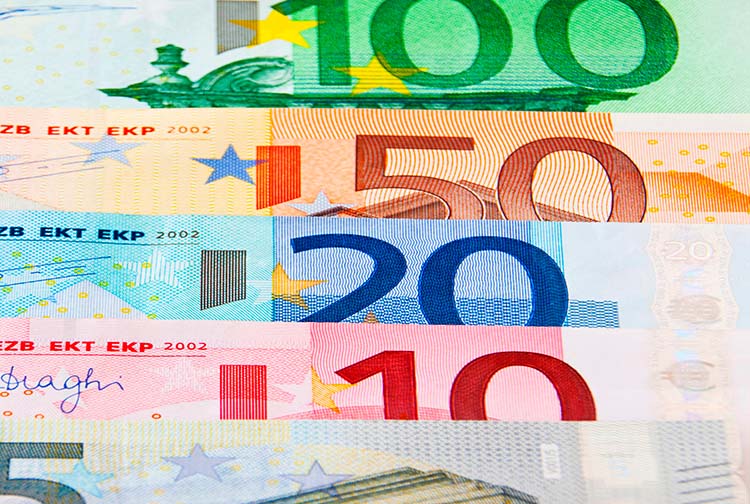

What are the stages of an economic cycle?
The term business cycle refers to the fluctuations in economic activity that occur over a given period and correspond to four stages: recovery, boom, contraction, and depression. We explain the different phases and their characteristics.
Although market economies historically follow an upward trend, they do not tend to do so sustainably, but rather there are ups and downs. These variations are cyclical, i.e. they follow phases of expansion, contraction, expansion, contraction and so on. Therefore, fluctuations in economic activity that are repeated over time are inherent to capitalist economies and are known as the economic cycle.
The economic cycle can be divided into four phases that describe the swings in economic activity and determine the evolution of GDP. These four stages often vary in intensity and duration in each cycle, but always follow the same pattern.
- Expansion. This is the upward phase of the cycle after the economy has bottomed out. It is characterised by optimism in the market and consumers who increase investment and spending. This leads to an increase in production, trade, and employment. In other words, all economic variables have an upward movement.
- Peak. The economy reaches its peak of growth. This is reflected in low unemployment and high output. However, economic activity begins to show signs of exhaustion or the economy overheats as a result of labour shortages or shortages of raw materials, which can drive up costs. This is the transition point between expansion and recession.
- Contraction. This is the downward phase of the cycle. This phase is characterised by a generalised reduction in economic activity: GDP shrinks, output falls and unemployment rises. Businesses cut back on investment and consumers reduce spending because of uncertainty about the economic future.
- Through. The economy reaches the bottom of the cycle. This is the phase of greatest resource scarcity, in which economic activity is at a low ebb and the quality of life of the population worsens, with high unemployment. During this stage, prices fall or remain stable.
If you want to discover the best option to protect your savings, enter Preciosos 11Onze. We will help you buy at the best price the safe-haven asset par excellence: physical gold.




